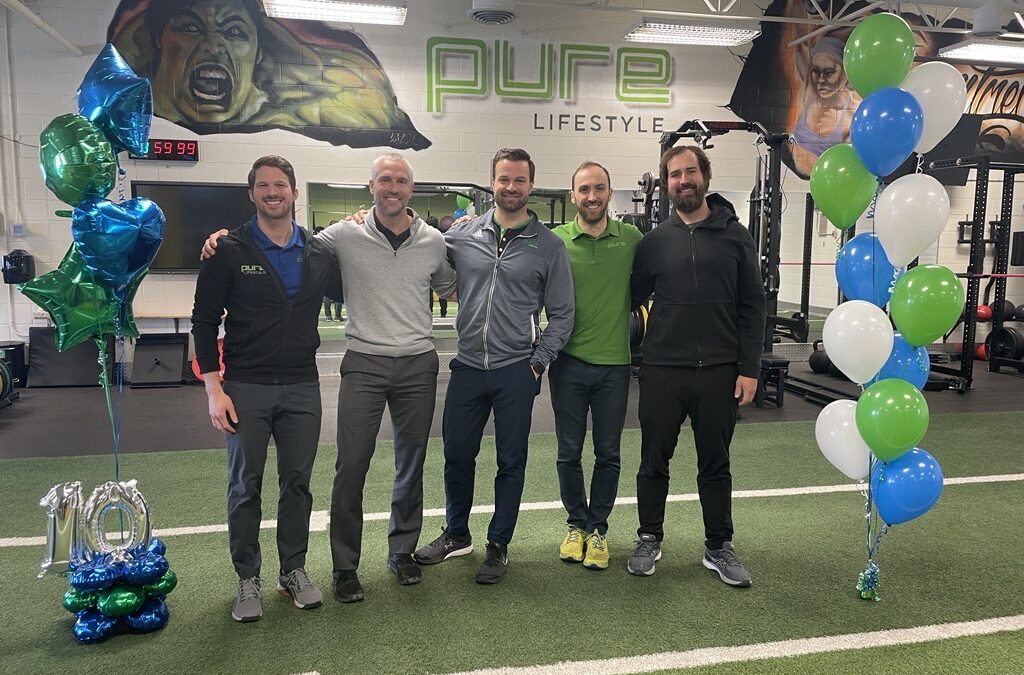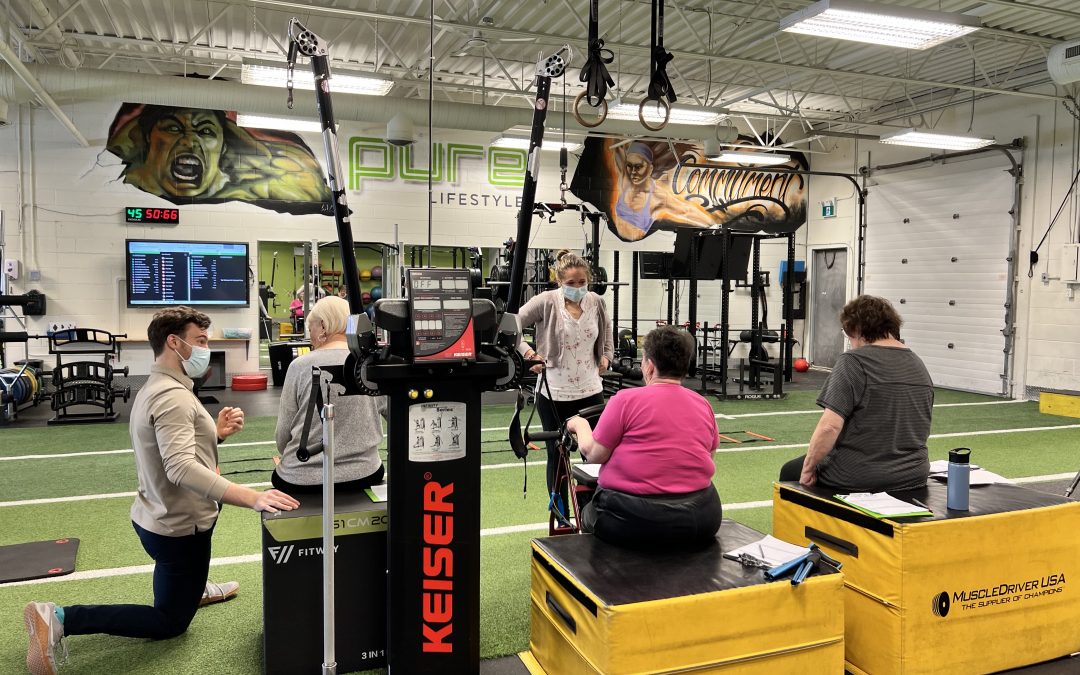Squatting 101
Squatting is a basic and foundational movement used in everyday life. Every time you get out of a chair, get into your car, or bend down to pick something up, you are doing a variation of a squat. Squatting is essential to physical literacy.
Physical and Health Education Canada defines ‘physical literacy’ in the following way:
Individuals who are physically literate move with competence and confidence in a wide variety of physical activities in multiple environments that benefit the healthy development of the whole person.
In my practice, functional movement training is the foundation for physical literacy. Teaching people to squat, push, and pull effectively and efficiently are the first steps towards achieving physical literacy.
I teach squatting from an Olympic weightlifting perspective. This doesn’t mean everyone needs to practice Olympic lifting, but as Olympic lifters are the best squatters, it’s valuable to learn the principles and concepts they employ. These principles can then be modified for anyone. Here are some tips to help improve your squat!
Things to keep in mind before you start:
– These movements should always be performed within a pain free range of motion.
– In the beginning you will be training movement patterns, not “building muscle,” so keep the loads low.
– It can take a long time to change the way you move, so be patient! Some movement habits are built over decades, and won’t be changed overnight.
Step 1: The Set-up
Feet shoulder width apart with toes pointing forward. Don’t let those toes point to the side, as you will lose the ability to generate power with your toes pointed outward.
Slightly “screw in” your feet to the ground. This is done by initiating external rotation of the hips. You should feel your glutes tighten up.
To get to a neutral spine, squeeze your glutes as hard as you can, slightly contract the abdominals, then relax the glutes while maintaining your pelvic position.
[fusion_builder_container hundred_percent=”yes” overflow=”visible”][fusion_builder_row][fusion_builder_column type=”1_1″ background_position=”left top” background_color=”” border_size=”” border_color=”” border_style=”solid” spacing=”yes” background_image=”” background_repeat=”no-repeat” padding=”” margin_top=”0px” margin_bottom=”0px” class=”” id=”” animation_type=”” animation_speed=”0.3″ animation_direction=”left” hide_on_mobile=”no” center_content=”no” min_height=”none”][column-group]
[column] [/column]
[/column]
[column] [/column]
[/column]
[/column-group]
Step 2: Movement Initiation
This is where most people go wrong. The squat movement should be initiated by pushing your hamstrings back behind you, causing you to bend forward slightly.
The most common mistake is to initiate this movement with the knees.
[/fusion_builder_column][fusion_builder_column type=”1_1″ background_position=”left top” background_color=”” border_size=”” border_color=”” border_style=”solid” spacing=”yes” background_image=”” background_repeat=”no-repeat” padding=”” margin_top=”0px” margin_bottom=”0px” class=”” id=”” animation_type=”” animation_speed=”0.3″ animation_direction=”left” hide_on_mobile=”no” center_content=”no” min_height=”none”][column-group]
[column] [/column]
[/column]
[column] [/column]
[/column]
[/column-group]
Step 3: Lowering Phase
At this point you should be leaning slightly forward. As you drop down, don’t lean forward anymore!
Think about letting your hips drop straight down.
As you start getting lower, drive your knees out to the side as far as you can. This will allow you to get to deeper into your squat safely.
Keep the back straight. (NOTE: this does not mean vertical. It means without any curve into flexion or extension)
Avoid the “butt wink!” This movement occurs when you’ve maxed out your available range of motion and is caused by a posterior rotation of the pelvis and a resultant flexion of the lumbar spine. Stop your descent just before this occurs.
[/fusion_builder_column][fusion_builder_column type=”1_1″ background_position=”left top” background_color=”” border_size=”” border_color=”” border_style=”solid” spacing=”yes” background_image=”” background_repeat=”no-repeat” padding=”” margin_top=”0px” margin_bottom=”0px” class=”” id=”” animation_type=”” animation_speed=”0.3″ animation_direction=”left” hide_on_mobile=”no” center_content=”no” min_height=”none”][column-group]
[column] [/column]
[/column]
[column] [/column]
[/column]
[/column-group]
Step 4: Bottom Position
How low you will be able to squat will be determined by both your movement patterns and mobility of your ankles, knees and hips.
If you can get all the way down while keeping good form, great! If not, just stop at the point where your form starts to be compromised.
There are a couple key points I want you to keep in mind:
– The angle of your torso should be parallel to your lower leg. This is one of the most important (and poorly done) points of a good squat. Most people will bend over much too far. This is one of the hardest things to accomplish.
– Don’t let your knees track too far over your toes. They can flirt past them a little bit, but they shouldn’t be driving the movement.
[/fusion_builder_column][fusion_builder_column type=”1_1″ background_position=”left top” background_color=”” border_size=”” border_color=”” border_style=”solid” spacing=”yes” background_image=”” background_repeat=”no-repeat” padding=”” margin_top=”0px” margin_bottom=”0px” class=”” id=”” animation_type=”” animation_speed=”0.3″ animation_direction=”left” hide_on_mobile=”no” center_content=”no” min_height=”none”][column-group]
[column] [/column]
[/column]
[column] [/column]
[/column]
[/column-group]
Step 5: Rising Phase
As you come up from the bottom position, squeeze the glutes!! Most people are very quad dominant and drive out of the bottom position by extending the knees. Your hips and knees should extend at the same time so that you return back to your starting position in one fluid motion
Your glutes are the strongest muscle you have, so learn to use them well!
Thanks for reading!
Steve Moerman[/fusion_builder_column][/fusion_builder_row][/fusion_builder_container]







